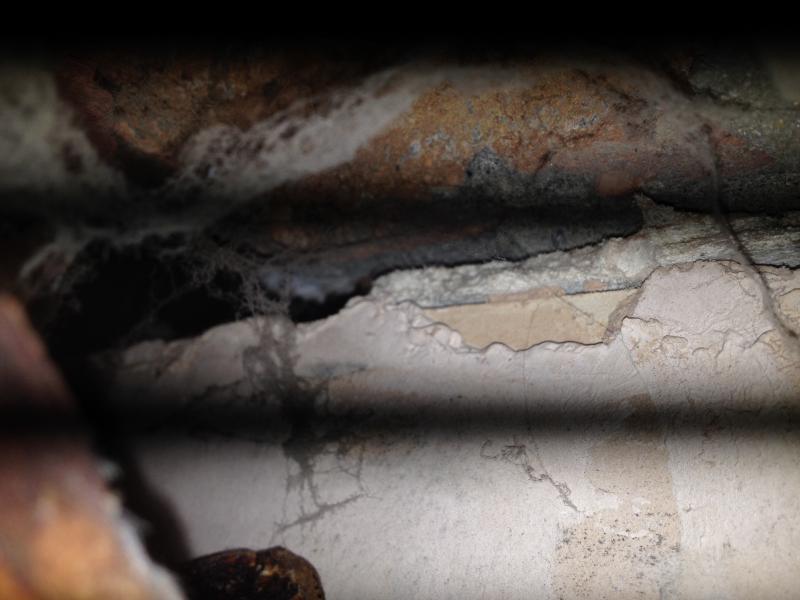Hi,
We are hoping to install a wood burner and have come across pieces of what we think is AIB in the fireplace.
We had a Baxi back boiler removed about 3 years ago and can only assume that the plumbers who took it out broke the board and left the remaining bits that were fixed to the fireplace. They never mentioned asbestos at the time.
We are slightly concerned that the broken bits of board could well have been releasing fibres into the room for the last three years without us knowing and there is often a draught down the chimney which could exasperate the issue. We have three young children, hence our heightened concern.
Regarding removing whatever it is, we have been quoted £900 if it does turn out to be AIB. This seems a lot for such a small job, but we do not want to compromise on safety. However, would it not be more risky to cut a piece off for sampling than it would to remove the whole piece in one?
It could of course be Supalux - is there a visual way of telling the difference? See photos. The old baxi fireplace/boiler was the old wooden type.
I am new here and would appreciate any advice from anyone with experience of the matter.
Thank you in advance,
Elaine
We are hoping to install a wood burner and have come across pieces of what we think is AIB in the fireplace.
We had a Baxi back boiler removed about 3 years ago and can only assume that the plumbers who took it out broke the board and left the remaining bits that were fixed to the fireplace. They never mentioned asbestos at the time.
We are slightly concerned that the broken bits of board could well have been releasing fibres into the room for the last three years without us knowing and there is often a draught down the chimney which could exasperate the issue. We have three young children, hence our heightened concern.
Regarding removing whatever it is, we have been quoted £900 if it does turn out to be AIB. This seems a lot for such a small job, but we do not want to compromise on safety. However, would it not be more risky to cut a piece off for sampling than it would to remove the whole piece in one?
It could of course be Supalux - is there a visual way of telling the difference? See photos. The old baxi fireplace/boiler was the old wooden type.
I am new here and would appreciate any advice from anyone with experience of the matter.
Thank you in advance,
Elaine



